Hello there. Thanks for joining us for the latest edition of Workout Wednesday, when each week I share a new running or runner-specific strength training workout. This weekend hubby and I hit the local school track so I thought I would share my 'need for speed' track workout.
Long intervals are great for distance runners looking to increase their running pace. The track makes it easy to measure distance without any fancy GPS.
STANDARD 400 METER TRACK
A 400 meter track equals 1/4 of a mile. The straights are 100 meters each and the bends are 100 meters each.
Track workout
This workout is based on the RPE (rate of perceived exertion) chart. You can learn more about RPE in this blog post. The beauty of the RPE is that I don't need to assign specific paces for your speed and recovery intervals. That would be impossible for a blog post that reaches millions (ha. OK. hundreds) of runners of different abilities and experience levels. The workout paces are based on how you feel and the talk test.
THE TALK TEST | RPE CHART
Your RPE can be determined by the talk test.
RPE:1 No effort. You are probably sitting.
RPE:2-3 Light effort. Breathing is extremely easy. You may be walking at a leisurely pace.
RPE: 4-6 Moderate effort. You are working a little harder, maybe a jog, but you can carry on a full conversation at this pace without gasping for air between words or sentences.
RPE: 7-8 Hard effort. You can speak a sentence or two at a time before having to taking a gasp of breath.
RPE: 9 Extremely hard effort. You can get out a word or two but breathing is labored and talking is challenging.
RPE: 10 Maximum effort. You are completely out of breath and unable to talk. You would only be able to hold this pace for a very short time.
THE WORKOUT
Download a printable PDF of this 'Need for Speed' track workout
- Warm up and run one easy paced lap around the track = 400 meters.
- RPE 7-8 (see above) Run one lap around the track at a hard effort = 400 meters
- RPE 4-6 Recover by jogging or walking one lap = 400 meters
- RPE 7-8 Run two laps (1/2 mile) around the track at a hard effort = 800 meters. It is important to pace yourself here. Don't go out so hard that you can't make it around the track two times at a sustained pace
- RPE 4-6 Recover by jogging or walking for one lap
- RPE 7-8 Run two laps around the track at a hard effort = 800 meters
- RPE 4-6 Recover by jogging or walking for one lap
- RPE 9 This is your final push. Run hard for one lap = 400 meters
- RPE 2-3 Walk your final lap
RECOVERY
A speed interval workout like this one can put additional stress on your body. It is extremely important to take rest and recovery days in between hard workouts. Never try to do hard interval-style workouts back-to-back without rest. Remember it is during rest that you get stronger and faster, not during the workout. Without the rest, you will not see improvements at the same rate.
A workout like this is effective performed just once or twice a week. Well-conditioned athletes may be able to handle three times. Pushing past your abilities only will cause injury and can side-line you from advancing at all. Be patient. Increase intensity slowly over time. Be safe, friends.
Let's do it! I'm here to help.
Any questions? I'd love to help.
Like this post? It helps me when you share with your friends and followers


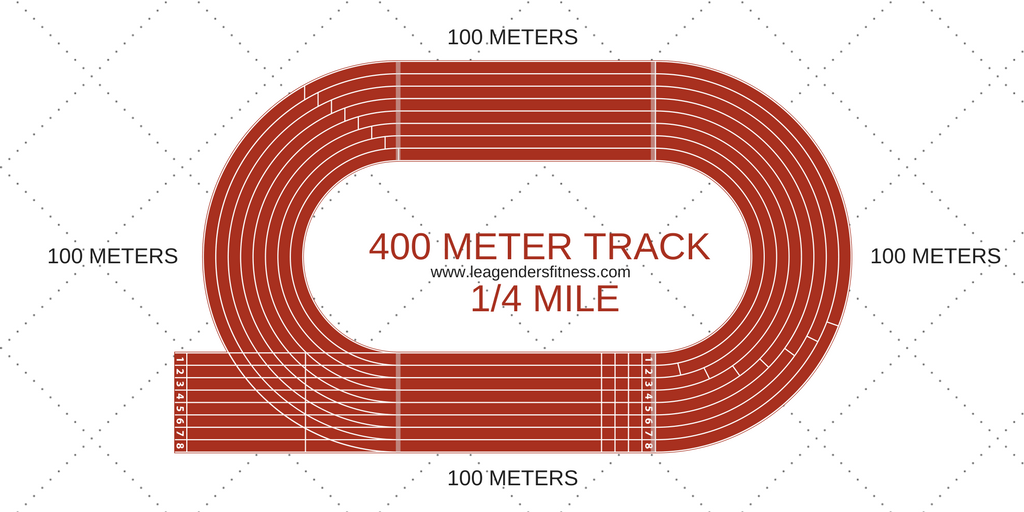
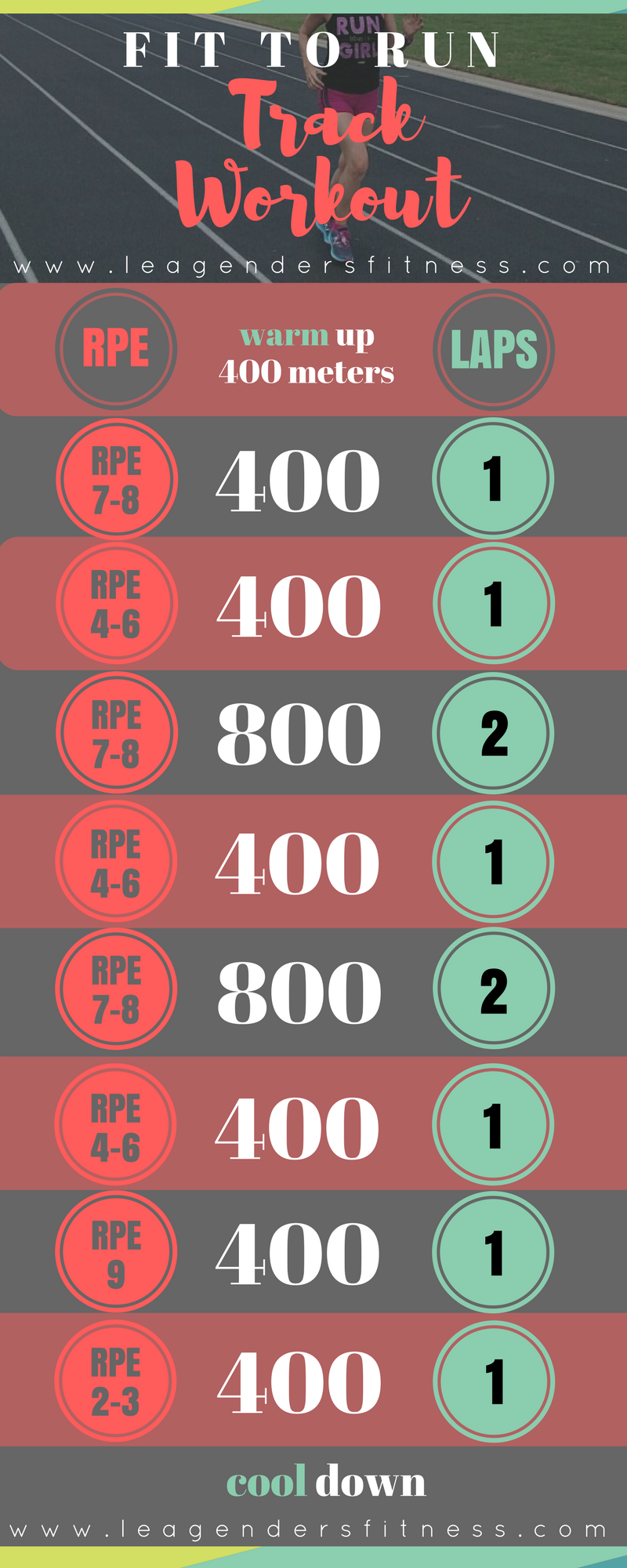
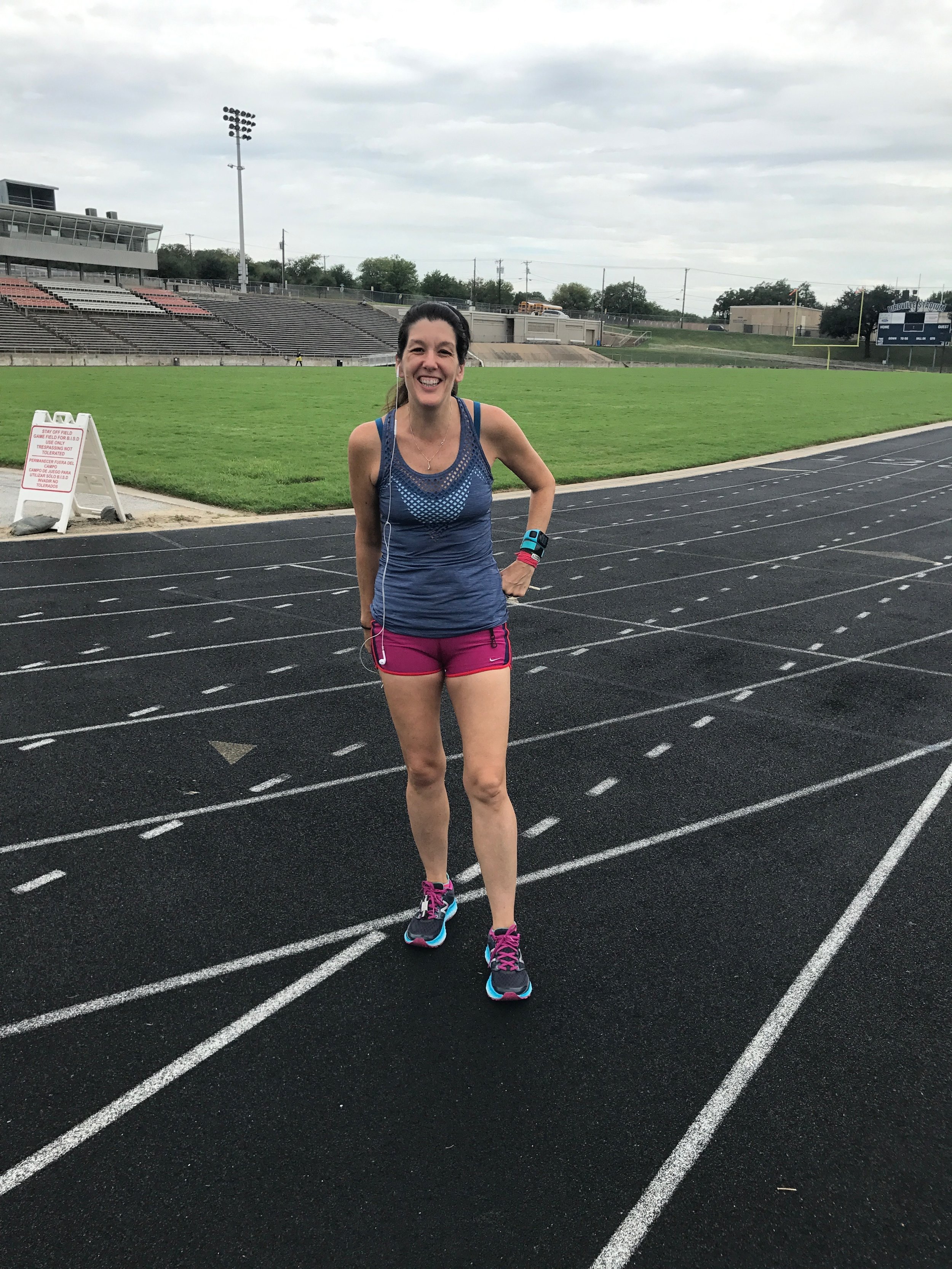


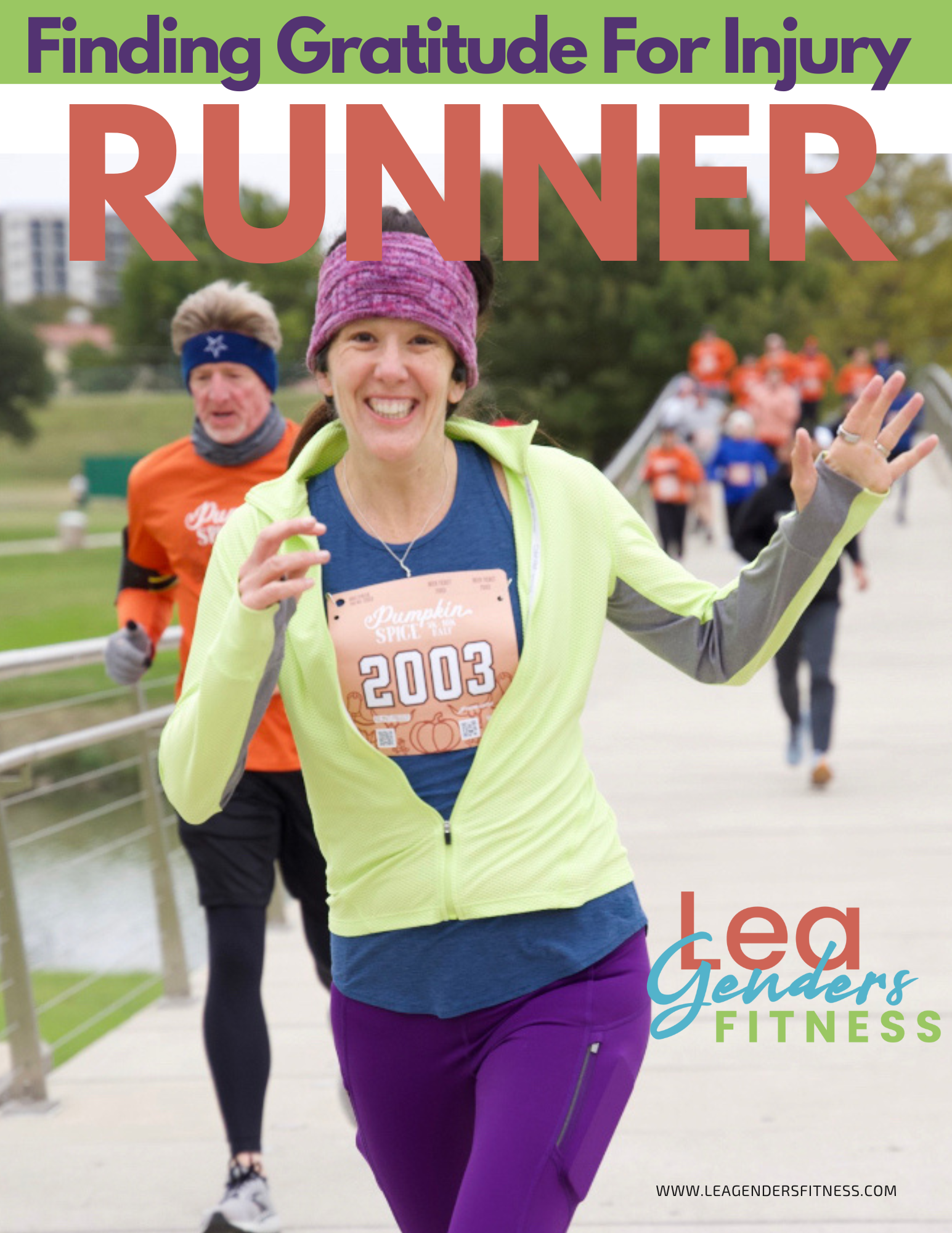



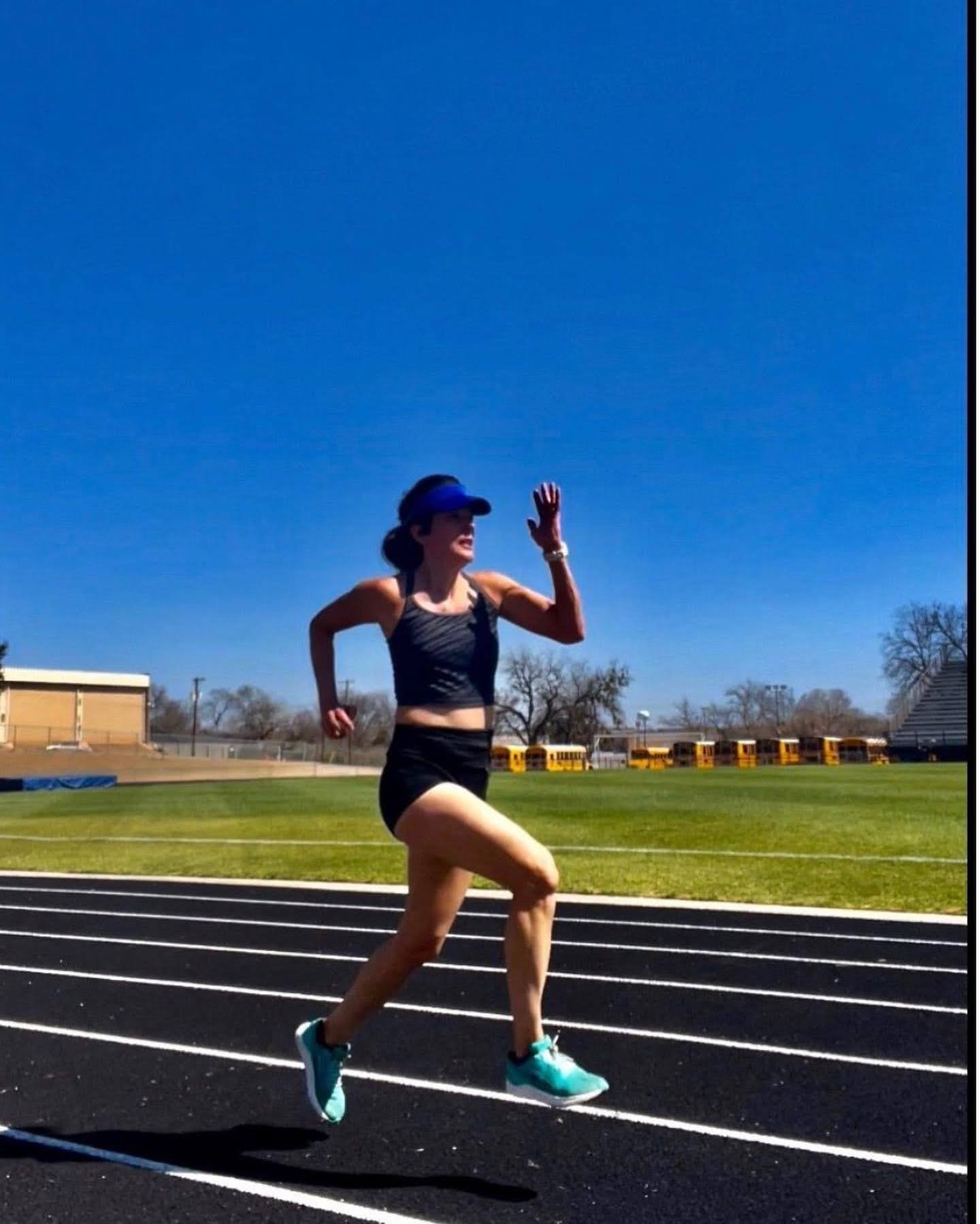


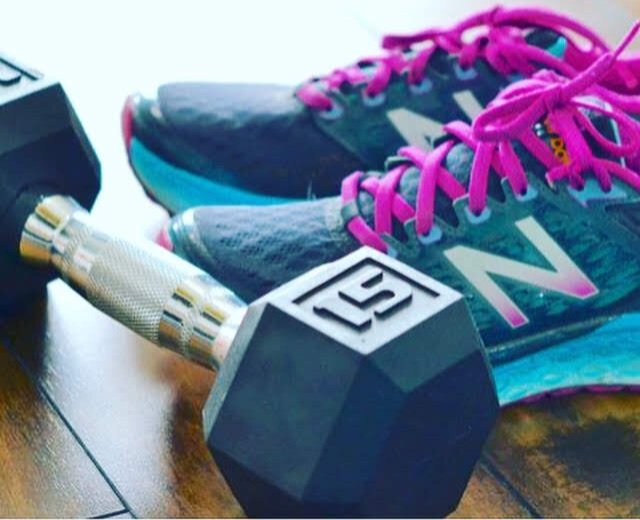

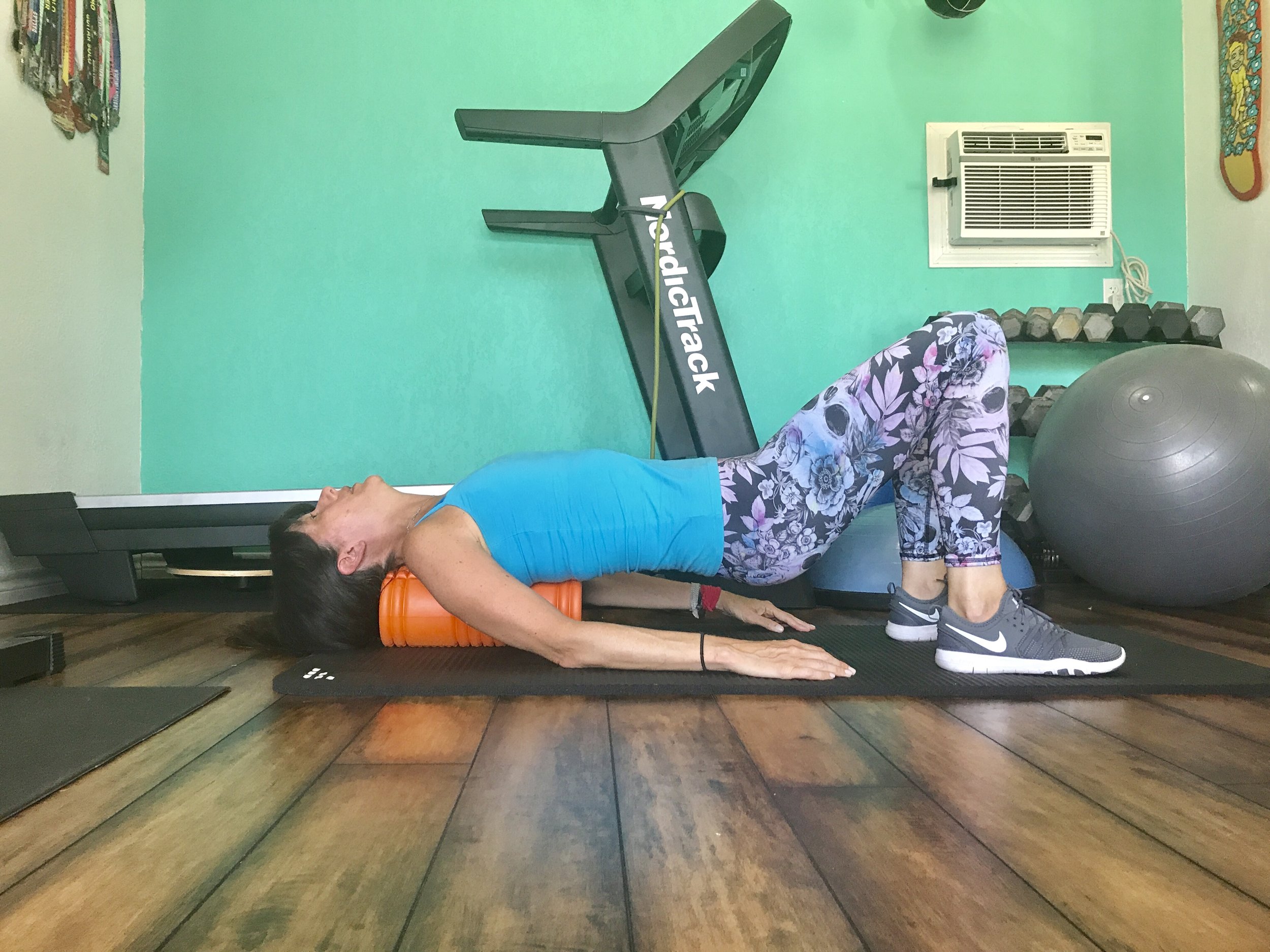







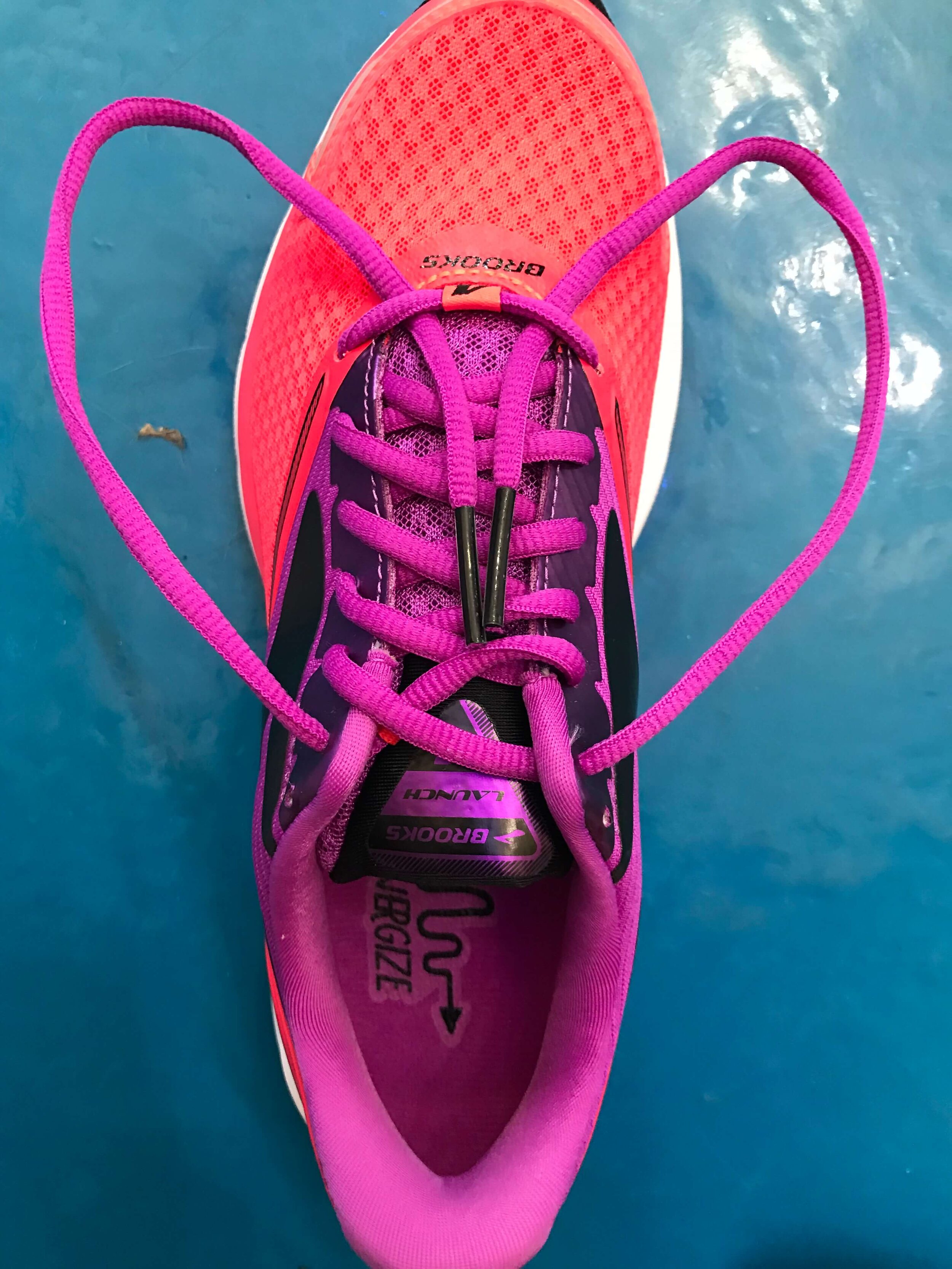
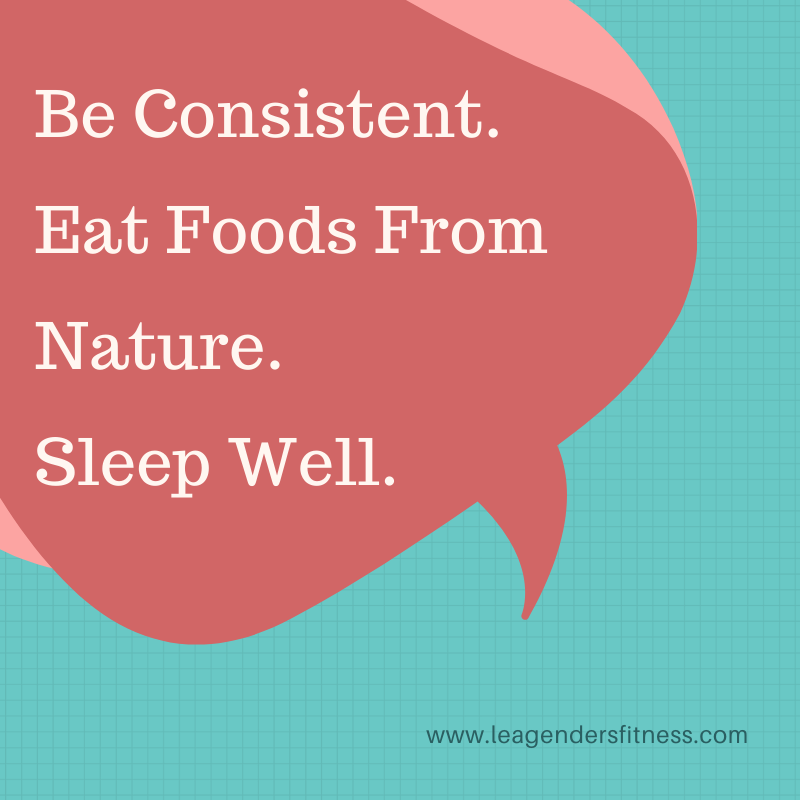














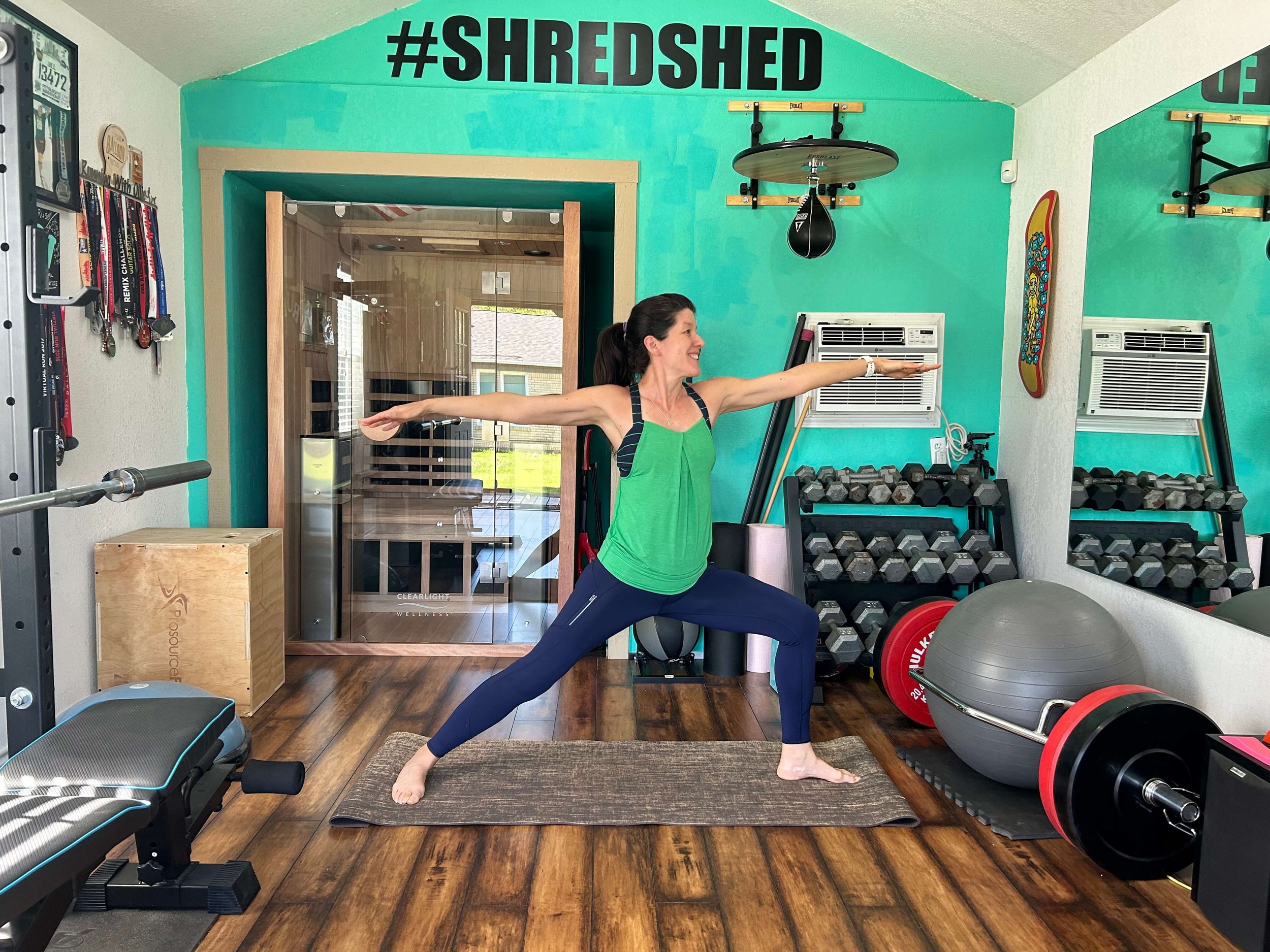

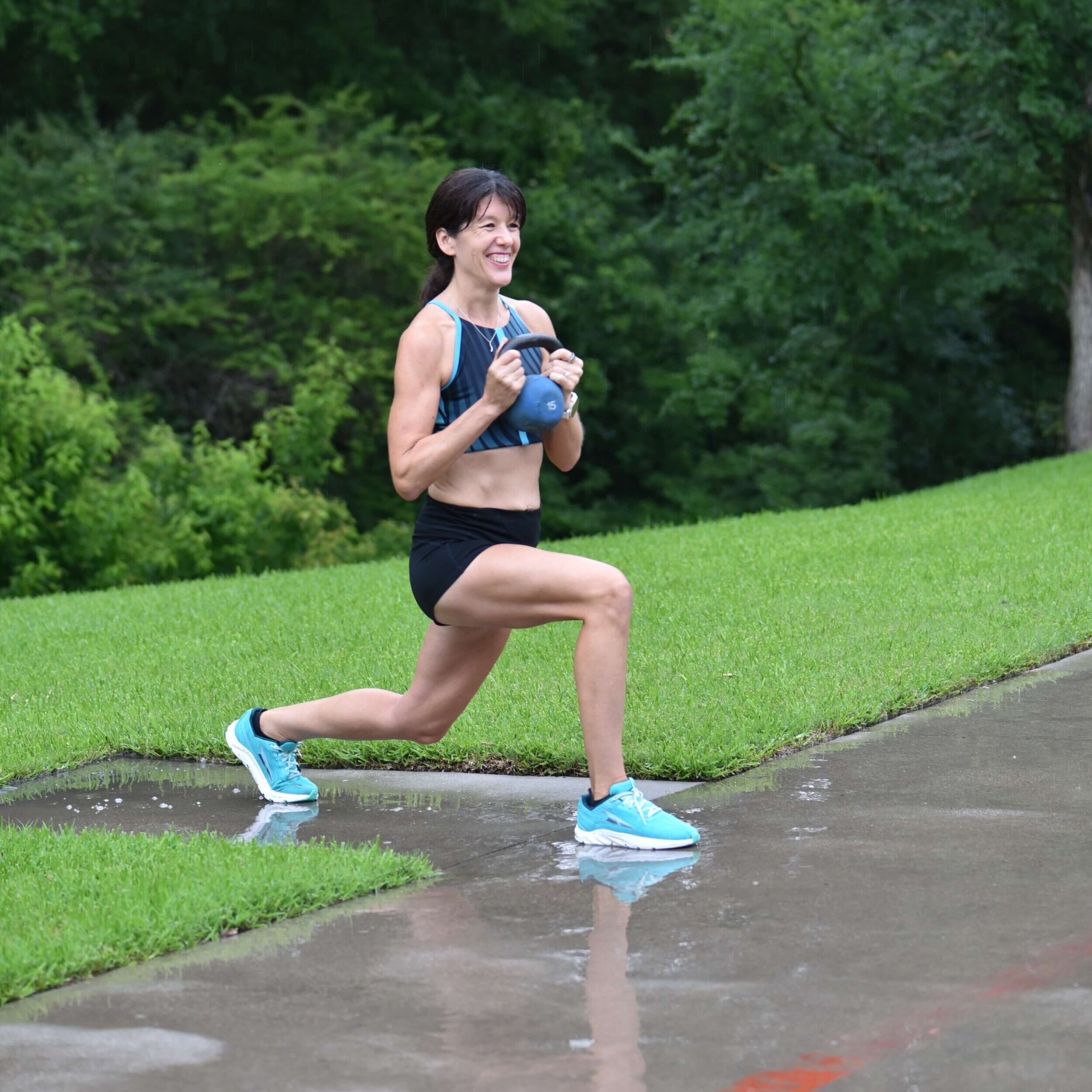

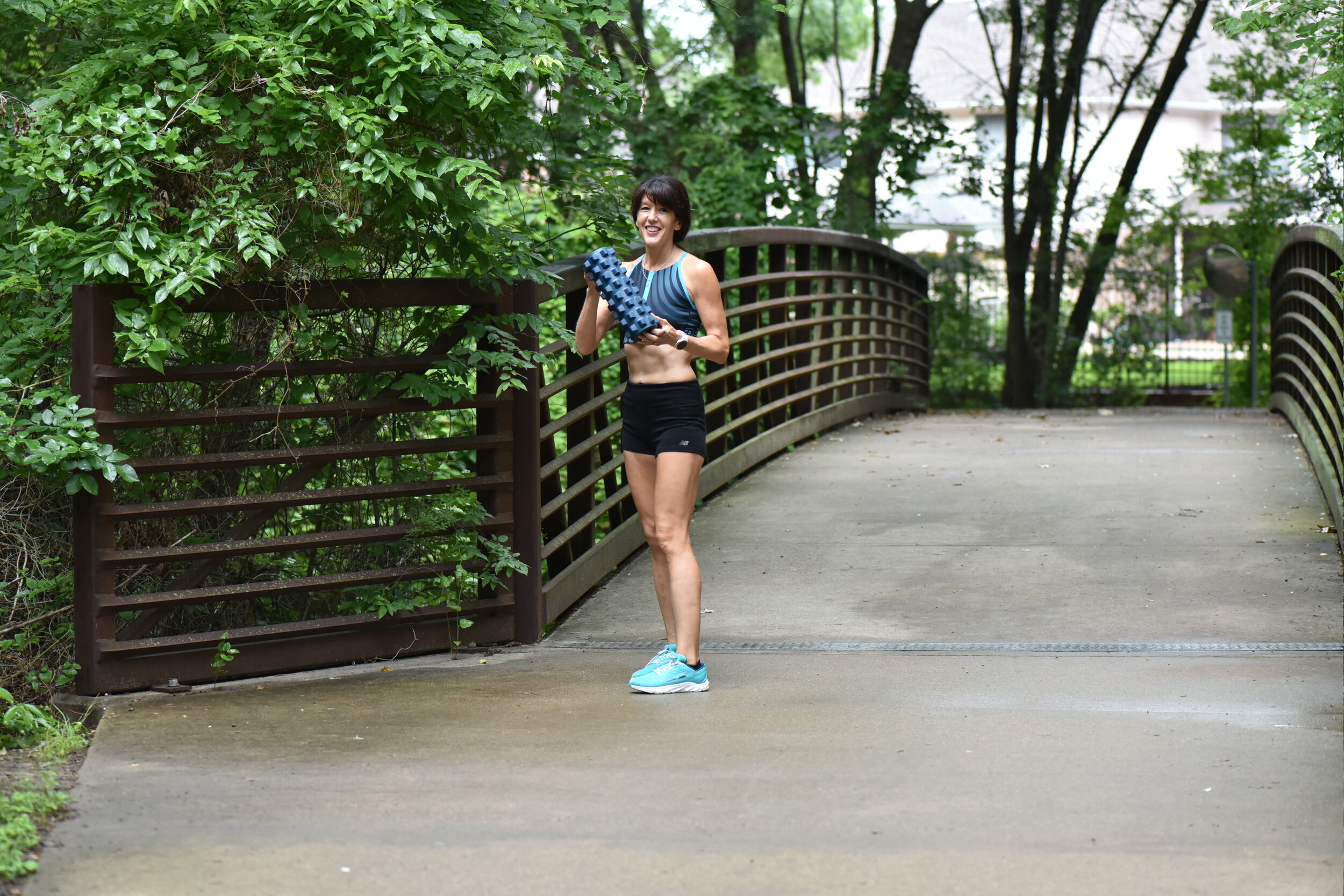








When you train to run a marathon, it may require the development of new skills. Running is a skill, but are you considering the other skills that may need to be cultivated? I highlighted some important skills needed for marathon training: Time management, moving often, moving well, eating enough nutrients, getting enough sleep, having a growth mindset, and tolerating stress. What can you improve in your lifestyle to elevate your training?